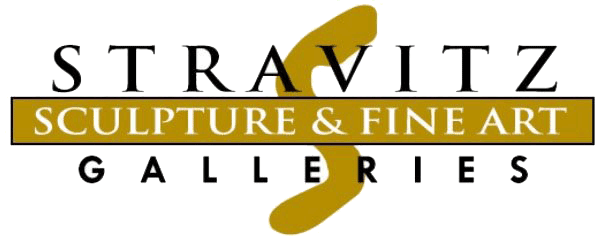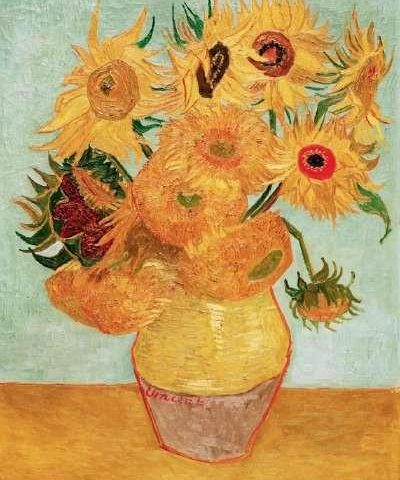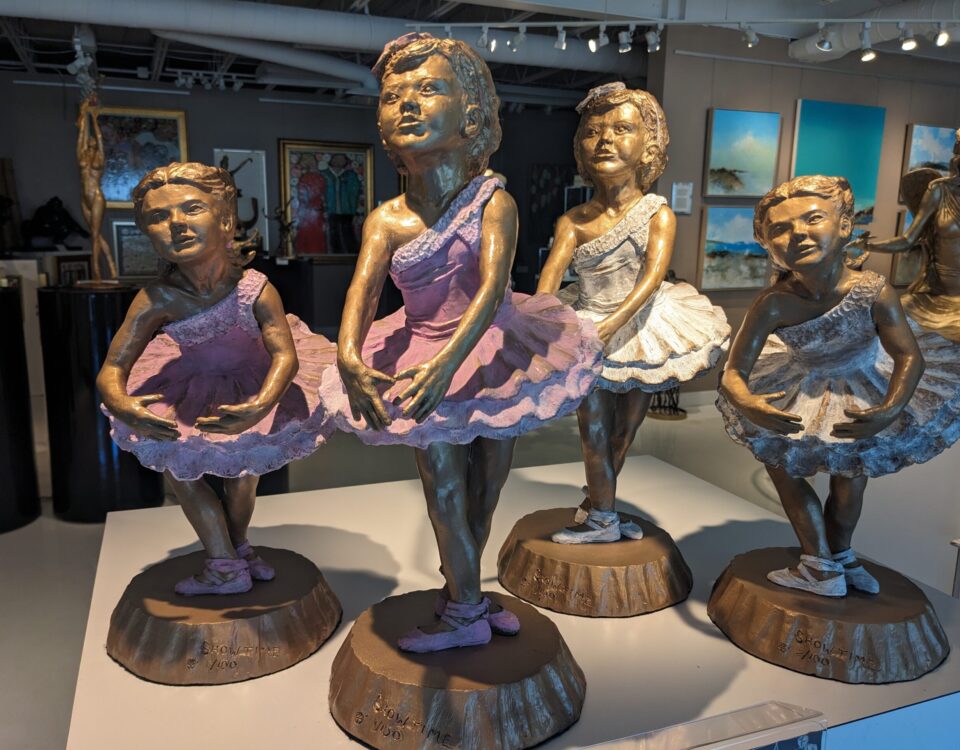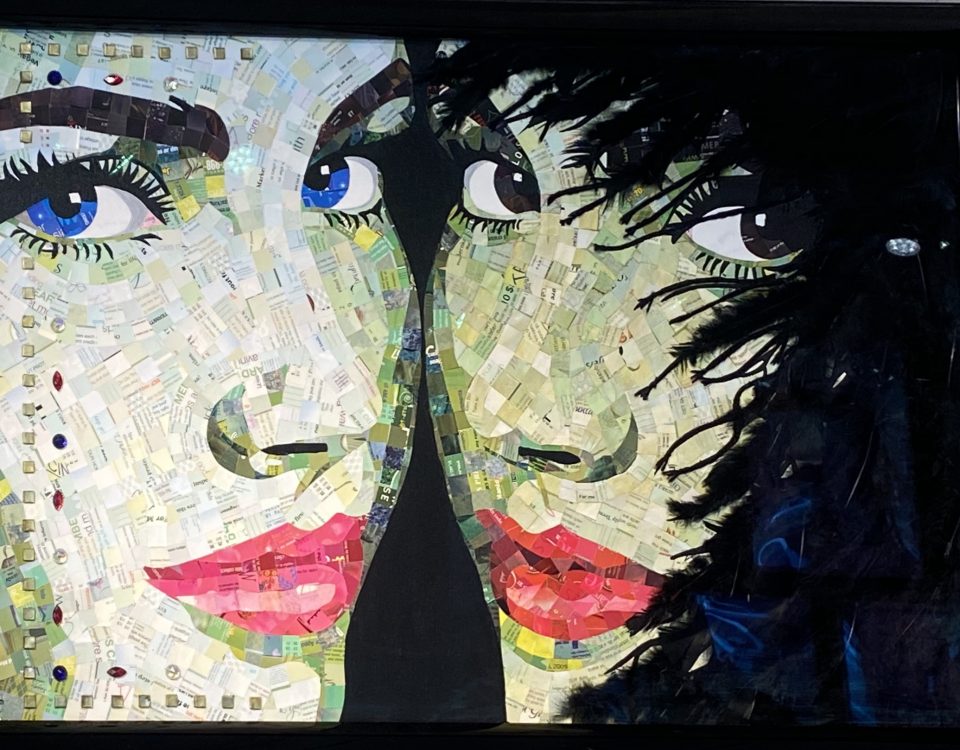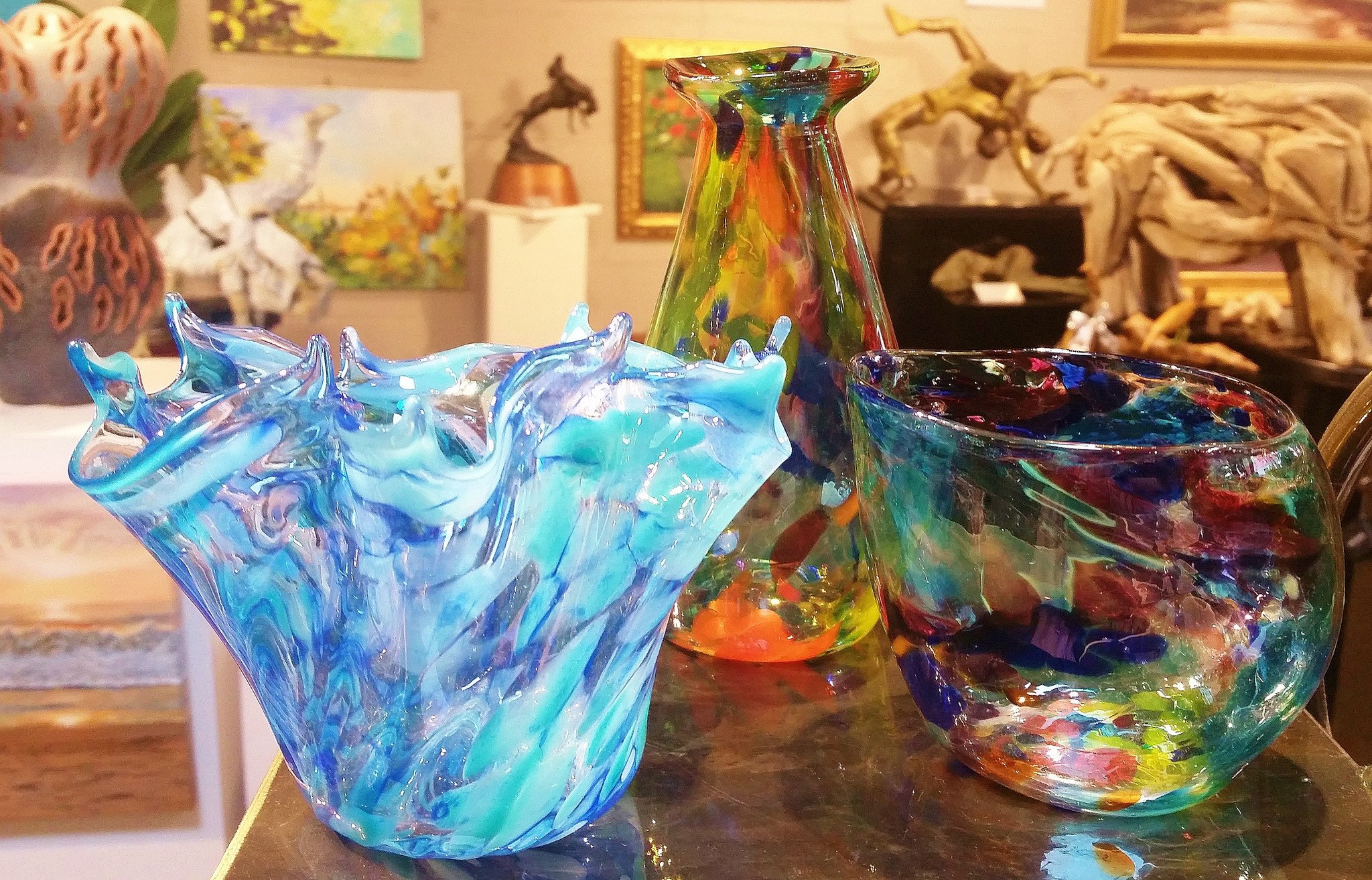
Glass Art!
November 9, 2016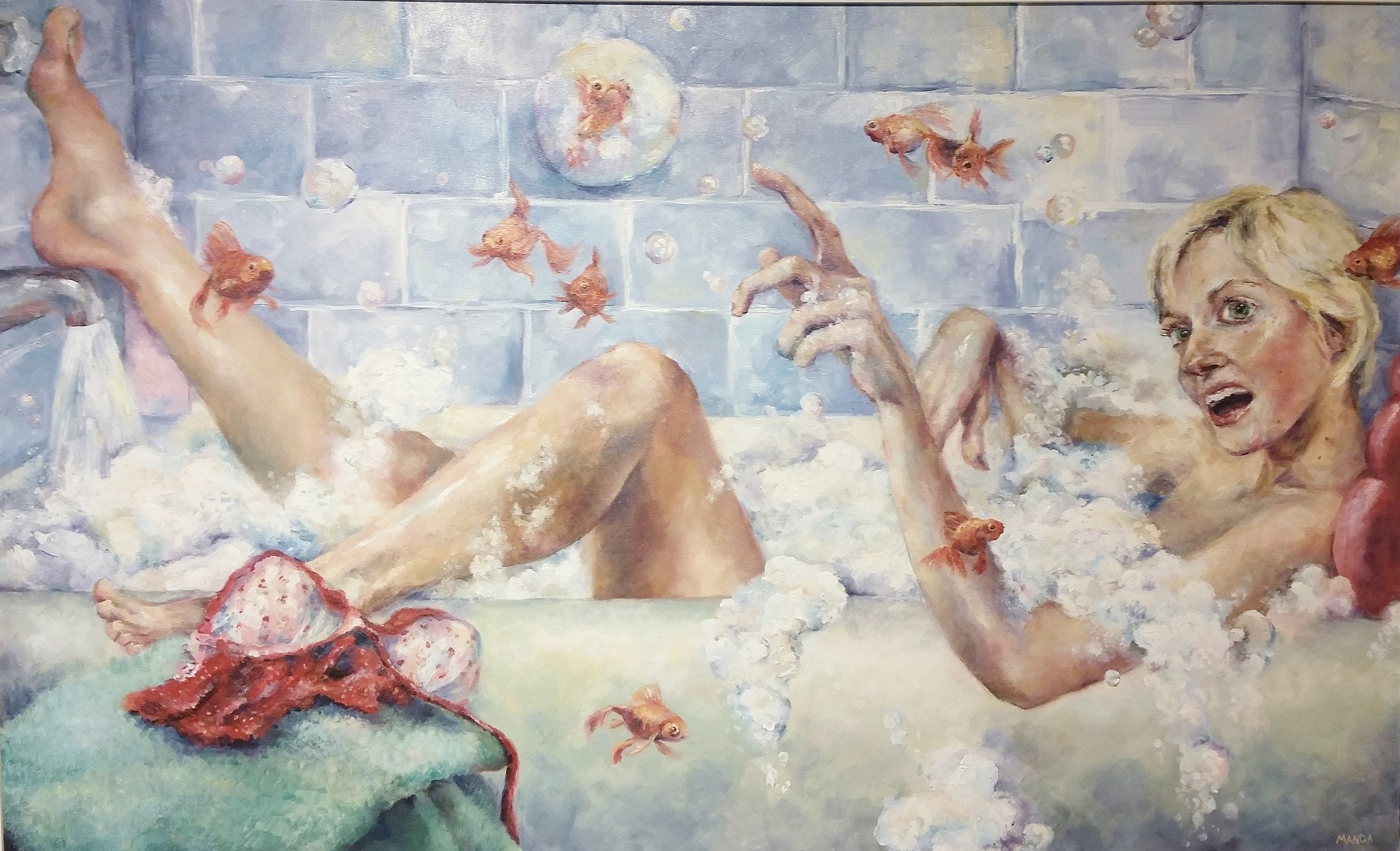
Amanda Outcalt
November 22, 2016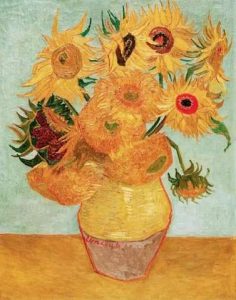
One of the greatest difficulties in looking at art is trying to determine how “good” or valuable a work of art is. Asking the question, “Good for what?” is a distraction from pursuing the ultimate value of art. The artistic success of an image is not dependent upon the level of raw talent that an artist possesses, however, a layperson frequently judges the success of art by admiring technical virtuosity and overt realism. This perspective denies the potential for communication and the power of a direct experience with art. Attempting to determine the aesthetic worth of an image without historic and stylistic references is inadequate. Evaluation of art should depend on thought and reflection with principles to guide… not feelings that restrict and attitudes that are static. For those who study art, the reward is a confidence and the skills to make educated judgments about artwork. Statements like “I may not know art but I know what I like,” usually mean one likes what one knows and does not like that which is unfamiliar. Taking time to slow down and really understand a work of art will open new doors of insight. Looking carefully will reveal the content and significance of that content. The artwork should carry you to a different emotional, spiritual, and intellectual level.
Another way to assess the work of art is to observe the amount of money that has been spent for the object. Monetary value is frequently perceived as the best indicator of an art object’s aesthetic merit. When Van Gogh “Sunflowers” sold at auction for $39.9 million, an art broker stated, “There is no rational price for a work of art. The price is an index of desire.” Desire can be based on the availability of similar works by that artist or similar artists. Desire can also be motivated by fashionable collecting of an artist and statues of ownership. Keep in mind that Van Gogh, sold only 2 paintings during his lifetime and his canvases are sold for millions of dollars.
The process of determining the value of art is a comparative one involving an analysis of styles, techniques, societies and artists. They should always caution against artwork that is imitative and void of content. Since art is a visual form of meaningful expression, it is essential that all visual information supports the content. Can the work of art be compared to other professional work or examples from Art History that will give it merit? These guidelines will assist and educate a collector in determining the value of art.
